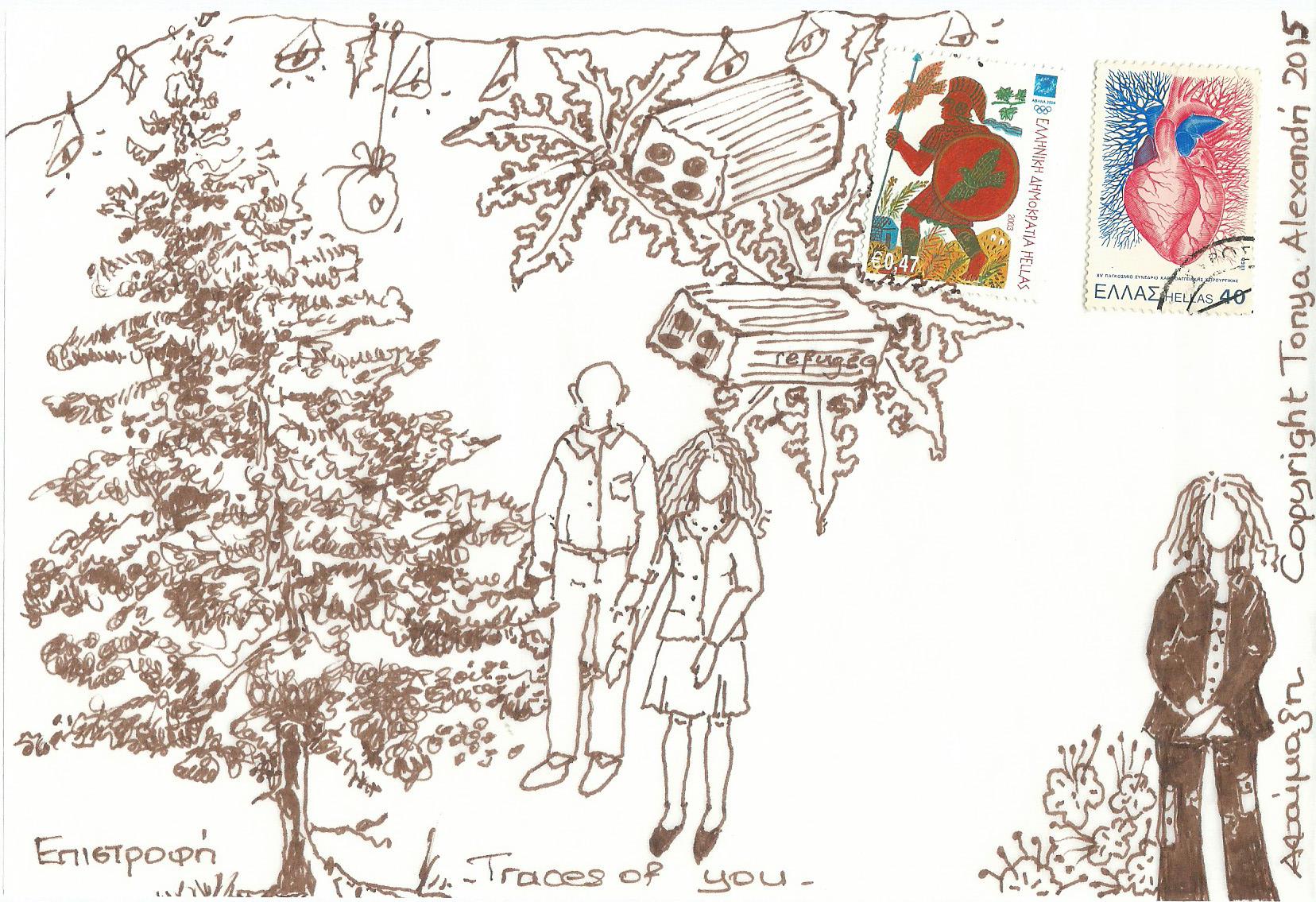‘Every word I say has chains round its ankles; every thought I think is weighted with heavy weights. Since I was born, hasn’t every word I’ve said, every thought I’ve thought, everything I’ve done, been tied up, weighted, chained?’ Jean Rhys
Making sense of the senseless pain
……….. The experience of healing is an ongoing process of deeper understanding and self-discovery and awareness, and it seems that survivors have no choice but to work towards understanding, growing and overcoming because of the inherent nature of abuse and victimization and because there is no easy cure for what has often impacted them with such force. As C.Wisechild (2002) writes ‘healing is a lifetime of cleaning wounds and stitching them closed with the threads of creative understanding’. Moreover, survivors need not take the abuse personally because it is not about their inherent worth as human beings – it is something that happened to them, something that unfortunately happens to other people – it is not who they are and it does not define the totality of their identity. It is above all, about the perpetrator and it reflects the perpetrators’ brokenness, emotional deadness, cruelty, self serving attitudes, prejudices, unresolved issues and problems, often enhanced or reinforced by societal practices and dynamics, and not survivors’ lack of worth. The journey of healing and restoration will at some point also make one aware of the power indifferences, the helplessness, powerlessness and vulnerability of traumatized children and individuals. Along with this comes a realization that one did their best in unbearable and impossible situations and is not responsible for others’ behaviours and choices. During this journey one learns to tap into the resources that allowed them to survive and come this far in the first place. Having survived also makes one realize that goodness can prevail and that we can prevail over abusive pasts. Furthermore, L. Sanford (2006) suggests that ‘survivors have taken lessons from their trauma and developed sensitivity and skills that a non traumatized person might be less likely to have’ and Beverly Engel (1989) writes that survivors should give themselves credit for being one of the brave few with the courage to begin the journey and the determination to stick it out when the pain was unbearable (1987). So in the end, exploring our past and healing is a gift of love both to ourselves and the world. Having seen the shadow and the light of humanity, our human capacity to create both a heaven and a hell on this planet and our potential to be both capable of the most courageous and life affirming actions, as well as, the most destructive deeds, makes one understand that the only way to live and thrive is through respecting our own and others’ boundaries and through nurturing and protecting our children and this planet that we so often plunder and abuse. Judy Herman writes that ‘a survivor’s view of life may be tragic, but for the same reason she has learnt to cherish laughter. She has a clear sense of what is important and what is not. Having encountered evil, she knows how to cling to good. Having encountered the fear of death she knows how to celebrate life’ (Herman, 1987)………..
(short extract, 2012, Tonya Alexandri)

